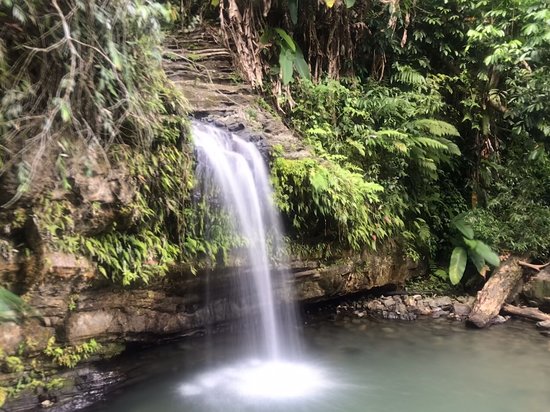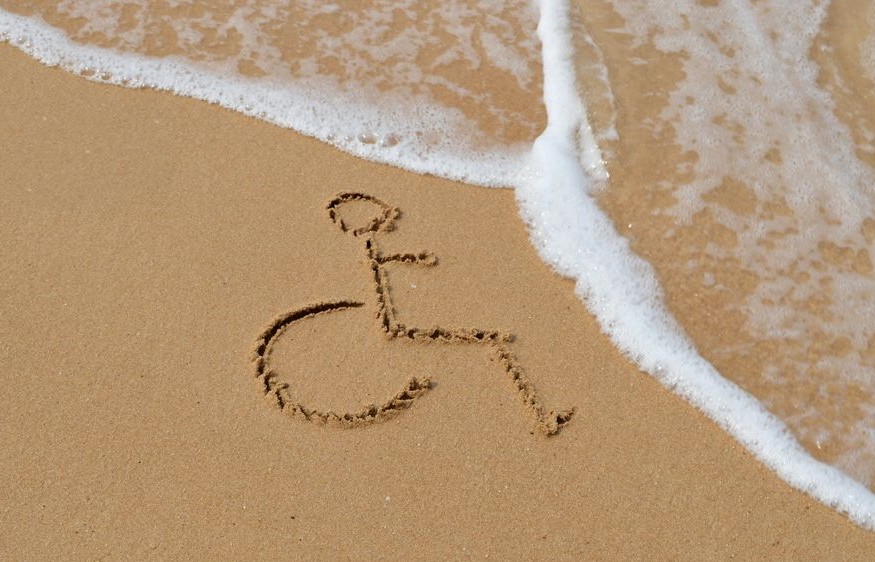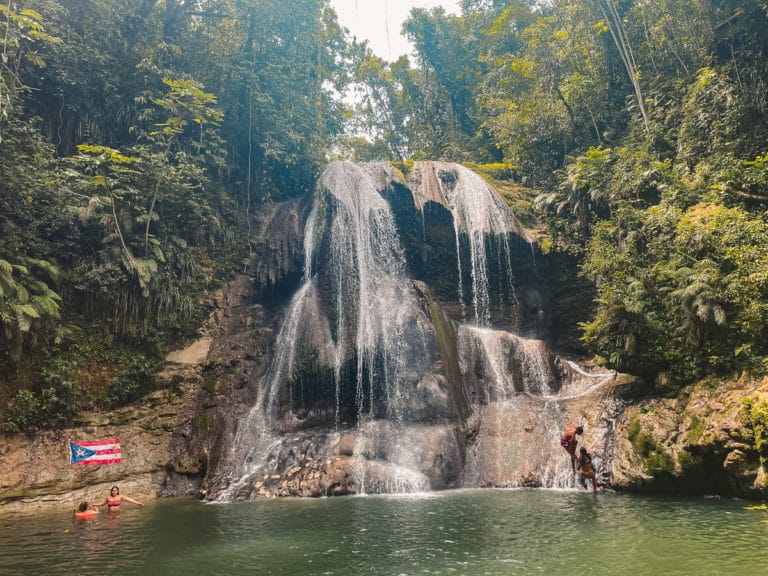The History of Crash Boat Beach and Its Surroundings

Set on the lee of Aguadilla Bay along Puerto Rico’s northwest coast, Crash Boat Beach is as famous for its color and energy as it is for its water clarity and sunsets. Beneath today’s festive vibe—food stands, snorkelers tracing the pier pilings, divers slipping into turquoise—lies a layered history shaped by the sea, aviation, and the communities of Aguadilla and nearby Borinquen. What visitors now know as a lively swimming and snorkeling spot began as a working shoreline where rescue crews, fishermen, and wave riders each found a chapter of their own.
From Working Shore to Community Commons
Long before vacation snapshots and action-cam clips, this curve of sand functioned as a practical launch point. Fisherfolk favored the bay’s relative shelter from Atlantic swells, setting nets at dawn and returning to mend lines beneath sea grape shade. The geography mattered: the Mona Passage funnels weather and current along Puerto Rico’s west, but Aguadilla’s indentation softens the blow, creating windows of calm. Over time the beach became a community commons—equal parts workplace, meeting point, and picnic ground—where the rhythms of haul-outs, repairs, and shared meals anchored local life.
Why “Crash Boat”?
The name traces to the mid-20th century, when nearby Ramey Air Force Base (on the Borinquen plateau above the bay) maintained marine-rescue craft to support air operations. Piers and a small harbor facility were built so crews could launch crash boats—fast vessels tasked with responding to aircraft incidents over water and conducting search-and-rescue drills. The concrete-and-steel structures, designed for utility rather than leisure, extended into deep enough water for quick departures. When rescue operations wound down and the base era receded, the pier complex remained, gradually passing from military asset to local landmark. The name stuck, a shorthand that compresses aviation history into two words of beach lore.
Piers, Storms, and Reinvention
The surviving pier stubs and platforms that visitors jump from today are remnants of a larger arrangement. Decades of storms, swells, and occasional seismic rumbling have broken, bent, and reworked the structures. Each major weather cycle forces a fresh relationship between the beach and its hardware: steps are rebuilt, railings repainted, and anglers shift to whichever side best catches the current. Far from diminishing the site, this slow-motion reinvention adds character. The famous splash of color—bright paints and murals on the concrete—announces that the piers now serve a new mission: fun, photography, and community memory.
Snorkeling, Sea Life, and a Human-Made Reef
The same pilings that once steadied working docks now host schools of sergeant majors, juvenile grunts, and the occasional parrotfish. Shade, structure, and gently circulating water create a pocket habitat that’s ideal for beginners with a mask and fins. On clear days, visibility reveals rippled sand and sun shafts dancing around the pier’s footings. Local divers fin past ladders into slightly deeper water where reefy patches and rocky ledges begin. Fishermen still share the edges—tied to the beach’s oldest identity—while visitors slip into the laddered entries that echo the site’s utilitarian past.
Surf Culture on Puerto Rico’s Northwest
Crash Boat sits within a celebrated stretch of coastline that helped birth Puerto Rico’s modern surf culture. While the beach itself leans toward swimming and snorkeling most of the year, nearby breaks light up under winter swell. Boards on car roofs, post-session food stalls, and sunset guitar circles all trace a lineage back to the era when wave riders fanned out from Aguadilla toward Isabela and Rincón in search of clean lines. The surf scene helped link the town’s economy to visiting athletes, photographers, and craft shapers, adding another layer to the beach’s role as a cultural meeting ground.
From Base Town to Beach Town
The rise and eventual transformation of Ramey Air Force Base shaped the surrounding communities in lasting ways. Housing, roads, and services grew to support the base; when military activity scaled down, those same networks pivoted to civilian uses—schools, small businesses, and tourism. Crash Boat, once an appendix to a defense installation, became a centerpiece of Aguadilla’s leisure identity. The shift illustrates a broader Puerto Rican pattern: coastal spaces that served work first evolve into places of recreation, without losing the imprint of their original purpose.
Food, Music, and the Social Beach
Today the sand hosts as many tastes as it does tides. Weekends bring a carnival atmosphere: alcapurrias and pinchos from stalls, fruit frappés, and the hum of portable speakers blending with laughter from the pier. Families unfold canopies while freedivers compare catch in the shallows. Photographers time their shots for golden hour, when the sun slips behind the headland and the water glows electric blue. The effect is democratic and joyful—fishermen, cliff-jumpers, and stroller-pushing grandparents all sharing the same arc of shore.
Care and Conservation
With popularity comes responsibility. Community groups and municipal crews organize cleanups; signs encourage reef-safe sunscreen, respect for marine life, and cautious jumping from permitted platforms only. After heavy weather, locals check ladders and edges, reminding visitors that the sea, not the paint, rules the piers. Sand shifts seasonally, and coastal vegetation helps pin the shoreline in place. These small acts—packing out trash, staying clear of anglers’ lines, giving space to wildlife—carry forward the ethic that kept Crash Boat useful in its working years and welcoming in its modern ones.
Reading the Beach Like a Timeline
To walk Crash Boat is to read layers. The colorful concrete under your feet once steadied rescue craft. The ladders echo a time when function dictated form. The fishermen’s buckets on the rail remind you that the bay still feeds families, as it has for generations. The snorkelers tracing pilings prove how quickly nature colonizes human structure, turning industry into habitat. And the music at sunset declares that community is the beach’s true constant, adapting to each era while keeping the shoreline a place to meet, celebrate, and watch the day dissolve.
In the end, Crash Boat’s history is a story of service turned celebration. Born of aviation and rescue, tempered by storms, adopted by locals, and loved by visitors, the beach shows how a working coast can become a public treasure without forgetting where it started. Learn the origin of its name, respect the currents, greet the anglers, and take your leap from the pier with gratitude—you’re part of the next chapter.


